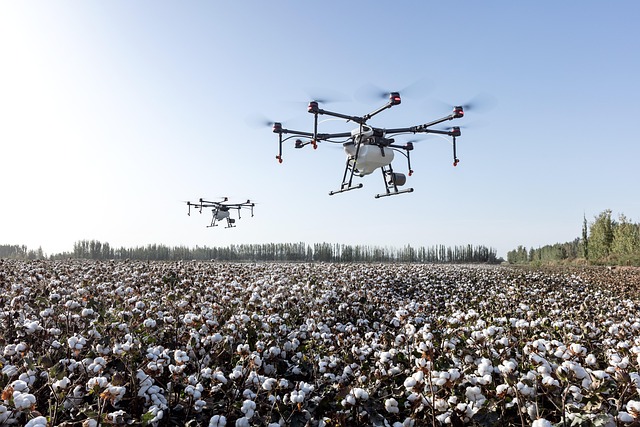Coyotes in urban Parker, facilitated by human landscapes, rely on squirrel food sources. Humane squirrel trapping and relocation services use live traps to safely capture and relocate squirrels, maintaining ecological balance and avoiding coyote-human conflicts. Professional wildlife control teams, collaborating with authorities, employ these methods for coyote management, ensuring their safe return to natural habitats without endangering communities or domestic animals.
In the vibrant landscape of Parker, maintaining ecological balance is essential. This small but bustling metropolis faces unique challenges with coyote management, especially concerning squirrel control. This article delves into effective strategies for humane wildlife control, focusing on understanding coyote behavior and habitat. We explore advanced techniques like humane trapping, tailored for squirrel control issues. Additionally, we highlight the delicate process of relocation, ensuring the safe return of these wild animals to their natural habitats in and around Parker.
- Understanding Coyote Behavior and Habitat
- Humane Trapping Techniques for Squirrel Control
- Relocation: Ensuring Safe Return of Wild Animals
Understanding Coyote Behavior and Habitat

Coyotes, members of the dog family, are highly adaptable and versatile predators. Understanding their behavior is crucial for effective coyote management plans. These intelligent animals have a strong family structure, with packs typically consisting of a mated pair and their offspring. They communicate through a variety of vocalizations, scent marking, and visual displays, making them quick to learn and respond to changes in their environment.
Coyotes thrive in diverse habitats, from forests and grasslands to urban edges, and they are adept at utilizing human-modified landscapes. In areas like Parker, where wild spaces intersect with developed neighborhoods, coyotes have learned to exploit food sources such as garbage, pet food, and even small domestic animals. Humane squirrel trapping and relocation services play a vital role in managing coyote populations by removing potential food sources, ensuring a more harmonious coexistence between these wild canids and local communities.
Humane Trapping Techniques for Squirrel Control

In the context of wildlife control, particularly coyote management, humane trapping techniques are a preferred method for addressing issues with squirrels in urban areas like Parker. These techniques ensure the safe and ethical capture of squirrels while minimizing stress and potential harm to the animals. Professional services specializing in humane squirrel trapping and relocation play a crucial role in maintaining ecological balance without causing distress to these creatures.
Parker residents dealing with persistent squirrel problems can benefit from these specialized services, which employ advanced yet gentle methods. The process typically involves setting live traps that capture squirrels humanely, allowing for their subsequent relocation to suitable, distant habitats. This approach not only addresses the immediate concern but also supports the conservation of local wildlife populations by ensuring their well-being and preventing unnecessary deaths or injuries.
Relocation: Ensuring Safe Return of Wild Animals

In coyote management, relocation plays a critical role in ensuring the safe return of wild animals to their natural habitats. When coyotes are trapped, it’s crucial that they are handled and relocated humanely. Professional wildlife control services, specializing in humane squirrel trapping and relocation, offer expertise in this area. They employ strategies that minimize stress on the animals, such as using live traps with proper ventilation and handling them with care to prevent injury.
These services often work closely with local authorities and conservation groups to identify suitable release sites where coyotes can integrate back into their ecosystems without posing immediate threats to human populations or domestic animals. By focusing on humane practices, these relocation efforts contribute to the overall well-being of both wildlife and communities, maintaining a delicate balance in the natural landscape.
In addressing coyote management, understanding their behavior and habitat is key. Humane trapping techniques, such as those used for squirrel control in Parker, offer a strategic approach to wildlife interaction. Additionally, relocation services play a vital role in ensuring the safe return of wild animals to their natural environments. By combining these methods, we can create successful coyote management plans that maintain ecological balance while prioritizing animal welfare. For reliable and ethical solutions, consider professional humane trapping and relocation services tailored to your area’s unique needs.
